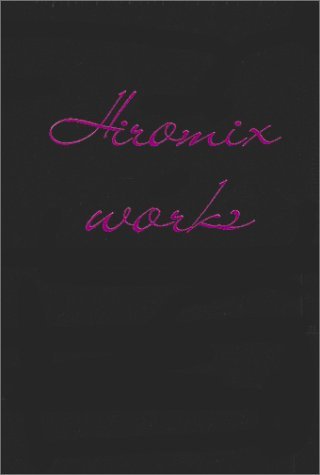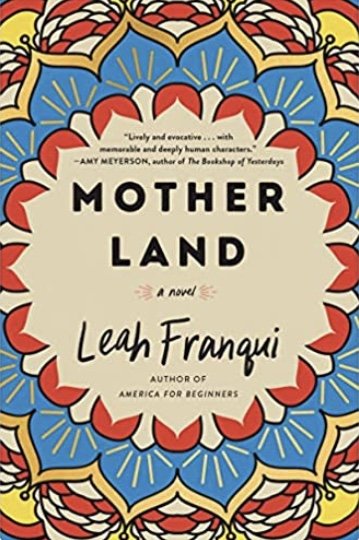Fate: The Lost Decades of Uncle Chow Tung by Ian Hamilton (Spiderline, House of Anansi Press)
When Ian Hamilton decided it was time for Uncle to depart from the Ava Lee series, apparently he missed Ava’s mentor as much as his mournful readers did. Uncle was a power behind the throne, influential, omnipresent, and subtle. Ava asks no questions about his past, although she knows from seeing his friends and employees that the man she cares most about in the world came from shadowy beginnings. And although Uncle is her mainstay throughout the first six volumes of her adventures, neither she nor Uncle ever reveal the details of when they first met.
Piece by piece, in six books, Uncle comes into focus: where he lives, what he eats, what he wears, along with his loyalty to those who work for him, and his paternal love for Ava. From the very first Ava Lee novel Uncle is old but his network of influence spreads far beyond his Hong Kong home and his mind can understand--and withstand--the most devious acts that any human is able to conceive. When at last he was removed from the series, even though he left a younger counterpart to stand with Ava, it was enough to bring at least one devoted fan to tears.
Prequels are usually books that are picked up with a healthy degree of apprehension and it could be easy to dismiss Fate as an opportunistic spin-off. That would be a mistake. Uncle is as fascinating and dominant a character when given the spotlight as he once was as a presiding genius on the sidelines. His life is chronicled in three volumes: Fate (2019), Foresight (2020), and Fortune (2021), carrying him from his swim from Shenzhen to Hong Kong, an adventure that cost him the love of his life, up to his meeting with the woman who would become his partner and his daughter in every way but biological. Unfortunately only Fate is available in the U.S. at this time, perhaps because of covid-spawned difficulties in the world of publishing.
Chow Tung arrived in Hong Kong with little more than enough clothes to keep him from being naked.. Within ten years he’s become the White Paper Fan, the accountant, money manager, and administrator of legal and business matters, for a branch of The Heaven and Earth Society. Also called the Hung society, named after the Chinese character that showed the union between heaven, earth, and man, this organization had been in existence since the 1760’s within China until Mao chased it out of its country. Now in Hong Kong, it’s known as the triads and has become a major power in all parts of that region. In the town of Fanling, Chow Tung’s swift rise to a level of management has made him an integral part of that area’s triad and, through his financial acumen, he’s made his branch a leading player in Hong Kong’s vast underworld. Because of his remarkable maturity at a young age and his professional formality, his associates have begun calling him “Uncle,” and what was first a joke soon becomes the name that replaces Chow Tung for everyone.
When the Mountain Master, or leader, of the Fanling triad dies in what seems to be a random hit and run, Uncle has doubts about the ability of the man slated to become the next chief. Calling for an election by secret ballot--one man, one vote as was always the traditional method--he begins a subtle campaign to elect a more qualified candidate. But politics is never a straightforward enterprise and Uncle becomes challenged by the twists and turns involved. When a neighboring triad senses weakness and moves in to take over, Uncle’s administrative skills are stretched to the limit. How much violence can be exerted upon the problem without beginning a fullscale war that will cause a crackdown by the Hong Kong police? Fortunately Uncle is a skilled user of the bonds forged by guanxi, and his web already is a wide one. But as he learns, guanxi can exact an unexpected price, one that even he is reluctant to assume.
Ian Hamilton has done his homework. Anyone who reads Fate is going to come away with an assortment of facts about the Triads, Hong Kong’s racetracks, and traditional funeral etiquette. Even a detailed description of chicken feet, how to cook them and how to eat them, is provided in succulent detail, and Hong Kong history comes into play with the appearance of a Saracen, the armed and armored vehicle that Hong Kong police once used in dangerous situations.
However it’s always Uncle who keeps every page turning at a rapid rate, revealing the events that shaped him and brought him into power. Ava Lee is a hard act to follow but Uncle has proved to be more than equal to the challenge. May Foresight and Fortune show up soon on U.S. bookshelves!~Janet Brown







